The Consumer Electronics Show in Las Vegas, the first and biggest tech convention of the year, took place earlier this month, where the strangest, newest products were shown off.
As usual, there was a lot of fluff — pointless gizmos that work on a show floor but never make it to stores — but there were also core signs of the technology trends we’re going to see this year, and products I’m excited to try.
Screens are always a strong point at CES, and this year proved no different, from pure quantum dot prototypes, translucent televisions and yet another laptop with a glasses-free 3D display; but it’s the arrival of great OLED screens to mainstream laptops that truly excites me. For years, high-refresh rate, bright, HD OLED screens have been the default for flagship (and now midrange) smartphones, and laptops are finally catching up. Asus has introduced OLED screens across almost their entire range, from budget laptops to their beautiful new ROG Zephyrus G16; probably the best premium Windows laptop for a general consumer ever made. Briefly trying it at a December preview event, I found that it’s thin, super light and beautiful in white, all while being almost as powerful as last year’s M16. I’m very tempted to buy one.
The standout laptop of the show was also from Asus: their Zenbook Duo. With the keyboard in place, it looks like your standard laptop, but lift off that keyboard, and you’ll find a second matching touchscreen. Propped up on its built-in kickstand, you can use this screen folio as two vertical monitors for coding, as two landscape displays for general browsing — or spread your screen across both and scroll. In my limited testing of a pre-release unit, there were a few bugs, but it was a basic, easy experience; and starting at only $1,500, it’s competitive with other premium notebooks. Lenovo has a similar offering in its Yoga Book 9i, but that is more expensive, was released in seemingly limited numbers and has a far more limited port selection.
Speaking of Lenovo, I want to give some attention to their “Magic Bay” port, a dock on the lid of their new ThinkBook 13x Gen 4 and ThinkBook 16p Gen 5 laptop that lets you attach new accessories with just the click of a magnet, no cables required. The accessories on show included a 4K webcam, a removable SSD storage drive, a second display, an AI assistant and a ring light, and there’s no reason that third parties couldn’t build their own accessories, too. Lenovo has a wide, solid line-up of laptops and tablets — including an underrated, iPad Pro-beating Tab Extreme — so I’m hoping they integrate the Magic Bay across the range.
Beyond screens, AI was the buzzword of CES, and if 2023 was the year that AI-filled headlines, companies are hoping 2024 will be the year it comprehensively integrates into our lives. Many new Windows laptops will come with a dedicated AI “Copilot” key, digital assistants like Google Assistant, Siri and Alexa should get a lot better, and chatbots like Claude, Pi, Bard, Perplexity and ChatGPT should get a lot faster and more competent. New phones, like Samsung’s new Galaxy range, will have faster on-device processing courtesy of the Snapdragon 8 Gen 3 processor, and AI tools will become multi-modal, meaning that they will no longer treat audio, images and text as separate forms of information, allowing them to process less direct prompts more quickly.
AI will also come with dedicated hardware products, like the Humane Pin, Rewind Pendant and excellent Rayban Meta Smart Glasses. Even if you don’t believe in this category, everyone except for Apple and Google have been trying to figure out how to escape the phone-dominant tech world, which gives Apple and Google 30 percent on all app store purchases, so it’s either this or smart glasses.
The highlight example of AI hardware is the orange, retro-futuristic walkie-talkie-esque Rabbit R1, which operates your apps for you, no swipes involved. Anything you can do on your phone, it can theoretically do for you; booking flights, finding recipes and putting the ingredients in your shopping list, recommending workout routines based on your health data, sending mass emails or messages for you and so forth. This is all in theory; as with last year, AI overpromising will be rampant, and the Rabbit is only $199 and has no subscription.
This will also be a huge year for VR headsets, with Apple’s upcoming $3,500 Vision Pro shaking up the industry. It won’t be a bestseller, but Apple’s arrival in the sector will bring in more developers, better software and more interest. Also, because Apple has started at the very top of the market, it gives competitors a lot of wiggle room to make more premium products than they could before — be this XReal and their $699 Air 2 Ultra or a new premium headset from Meta. When Meta released its $1,500 Quest Pro, it seemed outrageously expensive; but if they could make a Quest Pro 2 that was close to Apple’s quality, it would seem like a bargain. It should also boost sales of their excellent $499 Meta Quest 3.
What else excites me? Electric cars are wilting somewhat, gaming computers have been held up by Nvidia’s priorities on AI, and we aren’t expected to get a new Nintendo Switch until 2025, so not those. The iPhone will continue to be boring — the 14 Pro and 14 Pro Ultra are clearly going to be the best iPhones to buy until 2025 — but Mark Gurman of Bloomberg has reported that the Apple Watch should be getting a big shakeup, if you care for those things.
Generally though, phones are also astonishingly boring at this point, as everything just looks the same and there are few new features. Even saying that though, two blew me away last year: the OnePlus Open folding phone, with its brilliant build quality and handy multitasking software, and the Nothing Phone (2), which is my go-to recommendation for anyone looking for a new phone, and I continue to use as my work phone instead of many other (far more expensive) review sample phones.
So in 2024, I want more odd surprises like those, which come out of nowhere. I’m hoping Nothing ups the ante again with a Nothing Phone (3), and I’m excited to see what OnePlus does with an Open 2. I’m also curious if Google can make a great Pixel Fold 2, as the rest of the Pixel range is great, but the $1,799 Pixel Fold is rather disappointing.



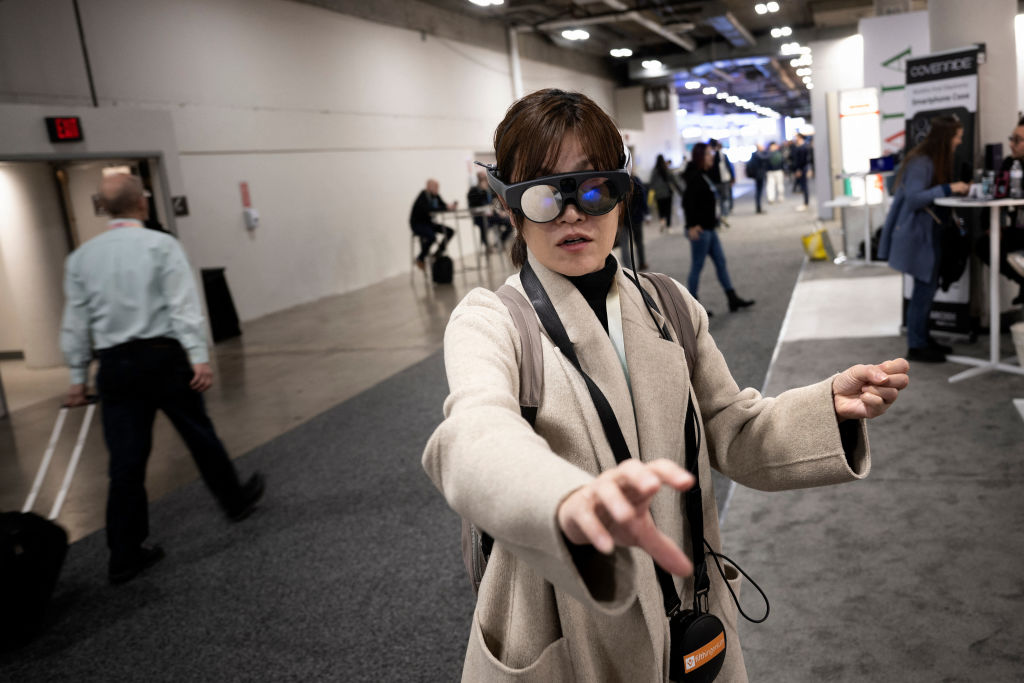






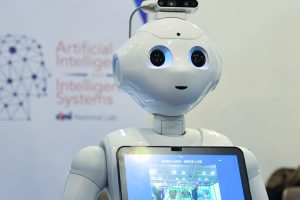
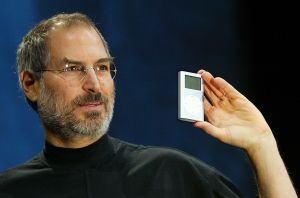

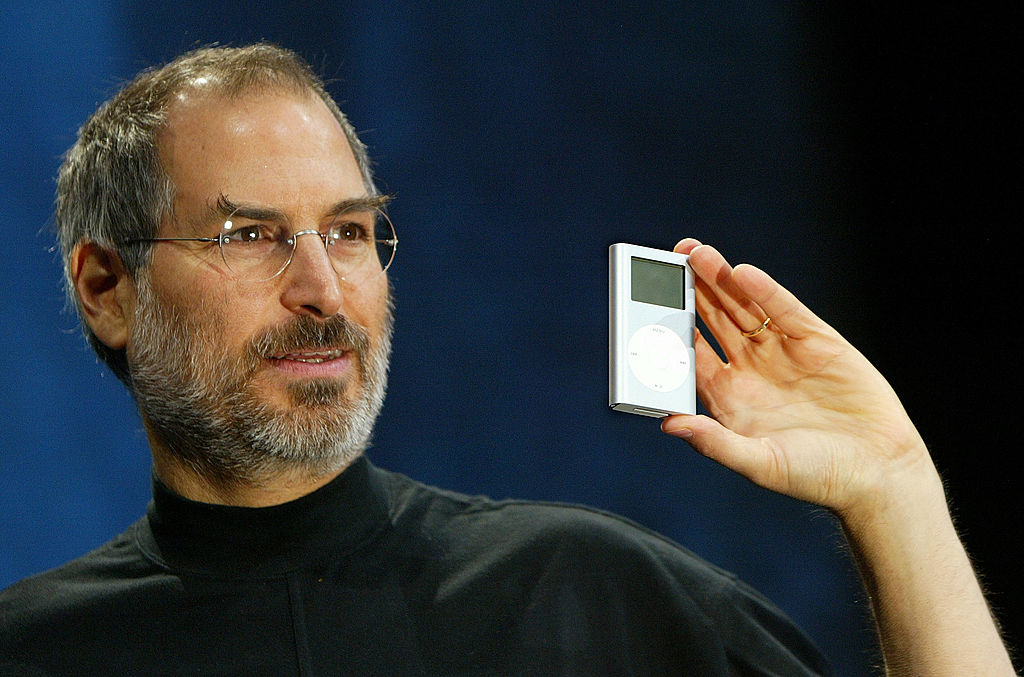
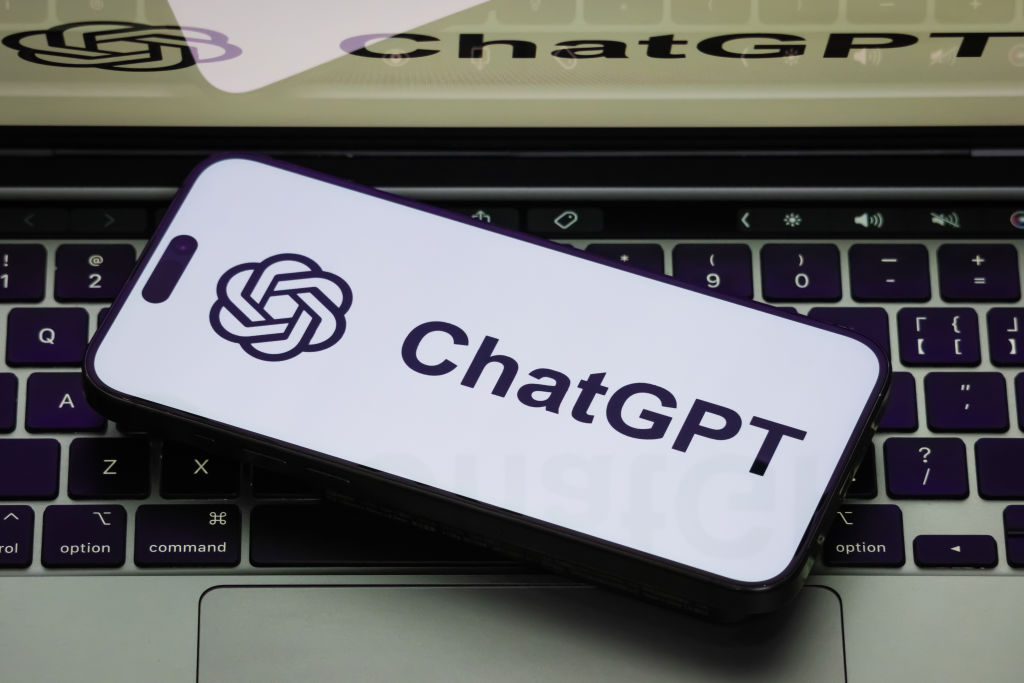

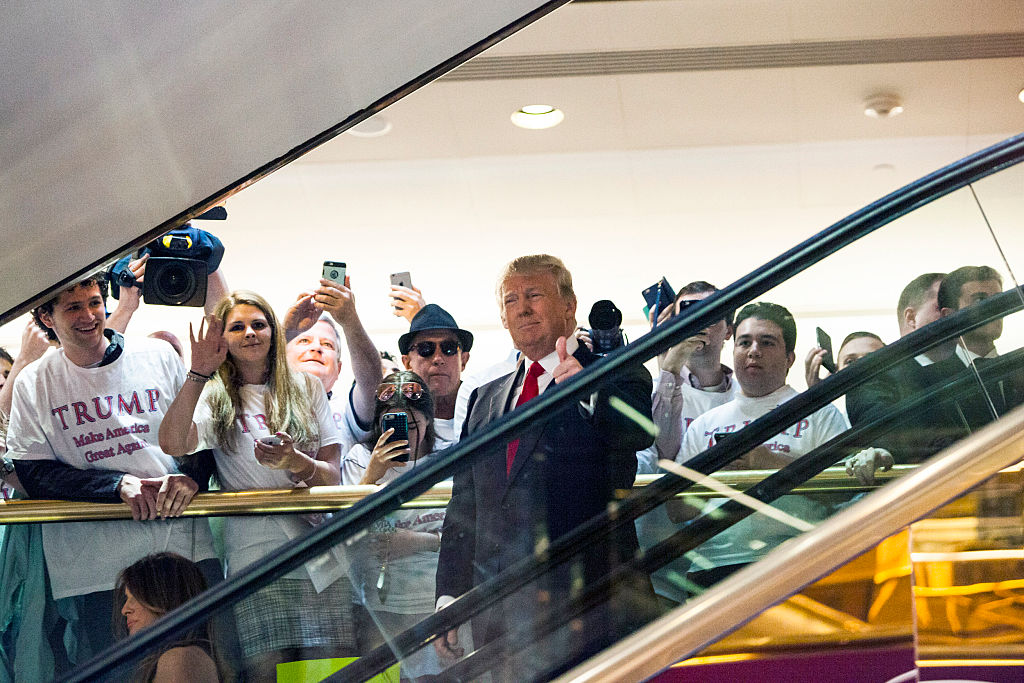
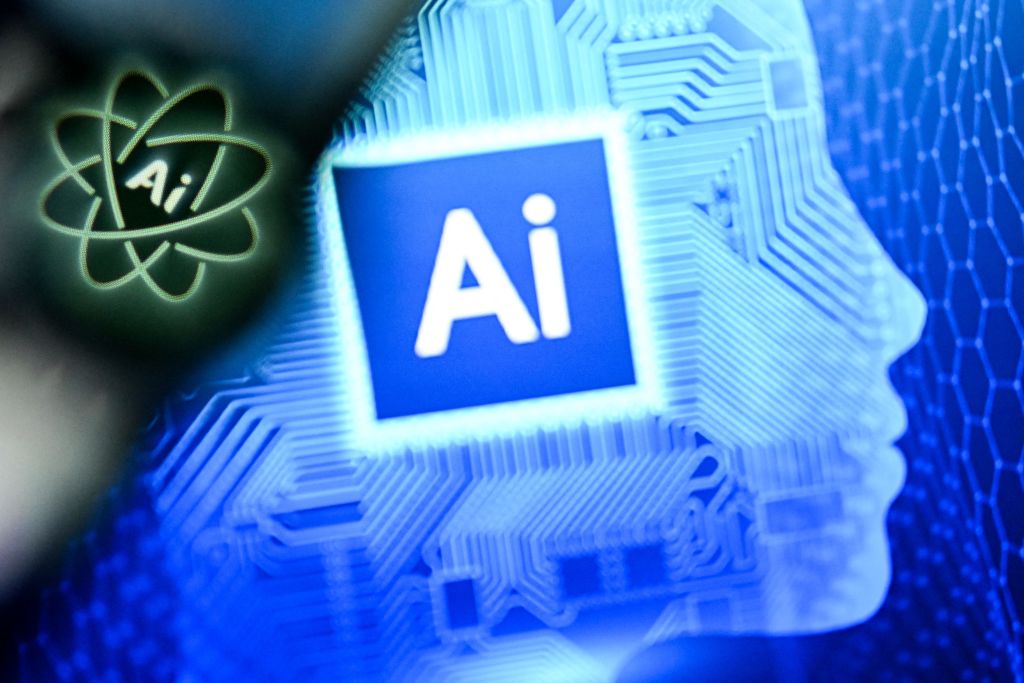
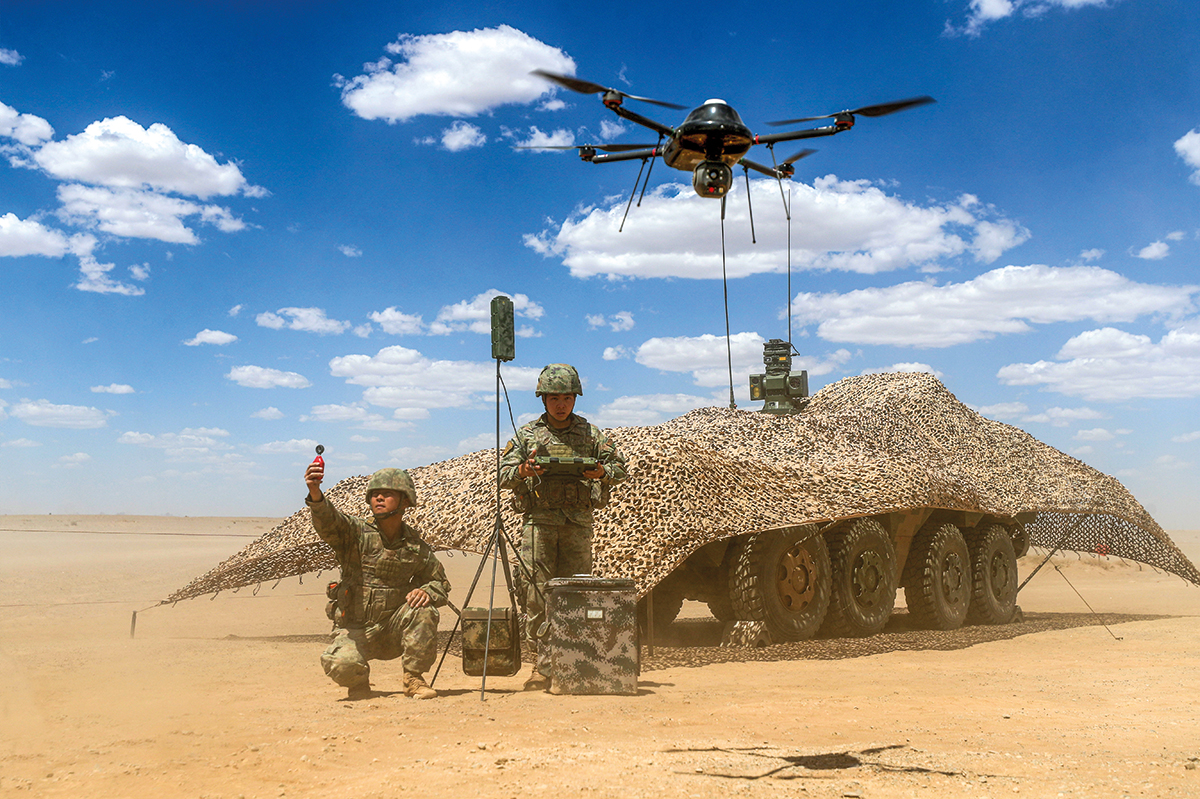







Leave a Reply